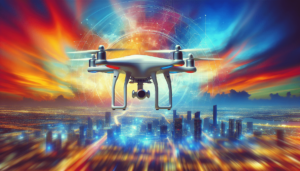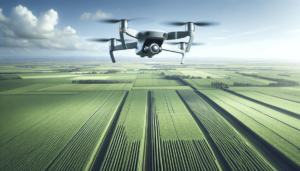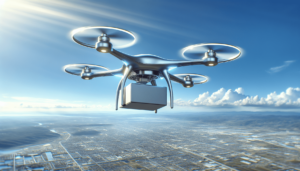Have you ever wondered how drones, these buzzing devices we see in our parks and skies, came to be such a prevalent part of our daily lives? Their journey from military origins to everyday tools is nothing short of fascinating. When encountering playful drones in open skies or observing their pragmatic use in precision agriculture, the diverse applications of drones are apparent. But this was not always the case, and understanding their evolution offers a glimpse into how technological advancements often stem from necessities of conflict and innovation in war.
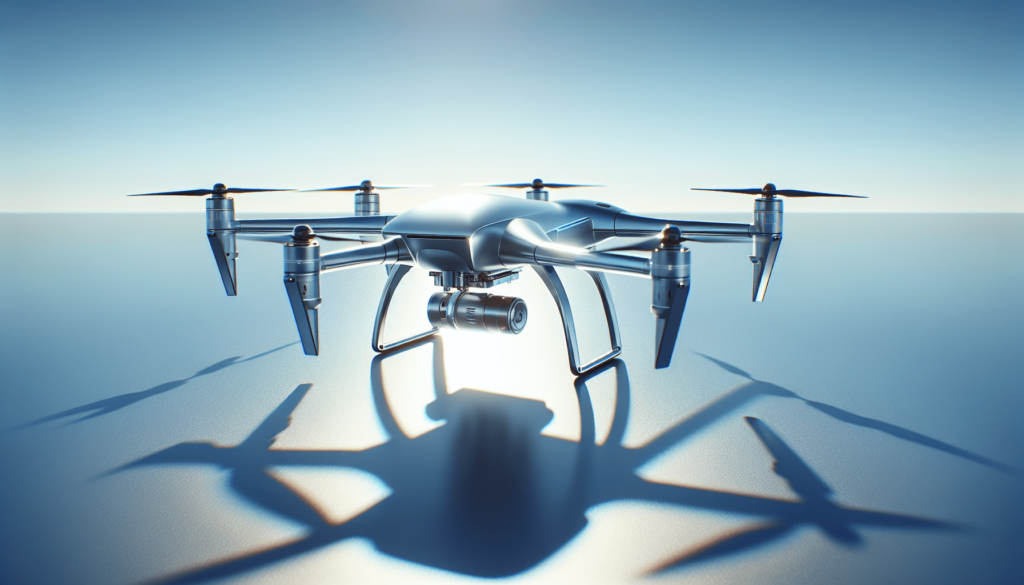
Early Beginnings and Military Origins
The Inception of Aerial Drones
Drones entered the scene at the cusp of necessity and innovation. The earliest records date back to World War I, where military forces sought ways to gain a tactical edge by entering enemy lines without risking pilot lives. The concept of unmanned aerial vehicles (UAVs) promised this advantage, albeit initially just in theoretical forms. It wasn’t until the early 1930s that technology caught up with theory, enabling practical attempts at UAV design.
Wartime Development and Deployment
During World War II, drones saw marked advancement. They were used as target practice for training anti-aircraft gunners, with the Radioplane OQ-2 becoming famous as the first mass-produced UAV. The shift from theory to practice illustrated how drone technology was molded by the exigencies of war, revealing both the creativity and urgency behind innovations during this period. Their primary function remained espionage, target practice, and delivering payloads, setting a precedent for their possible roles beyond conflict zones.
In the years following these initial developments, drones began to serve as testaments to the evolution of military technology. Through a cello’s vibrato, their significance resonates, highlighting both the ambition and fear embedded in deploying such novel devices.
Post-War Technological Advances
The Cold War Era and Beyond
Post World War II, the Cold War intensified the need for intelligence and surveillance. Drones offered a strategic advantage by allowing for reconnaissance without human presence. Between the 1960s and 1970s, the United States, fueled by conflict in Vietnam, advanced drone systems to provide live footage of battlefields—a technological miracle at that time. The advancements in remote control systems and miniature cameras during this era laid foundational frameworks for future civilian applications.
The Birth of Modern Drone Technology
As the Cold War waned, drones began to embody more than just military might. Innovations in GPS technology and real-time data transmission further expanded their utility. The reduction in size and cost of components made them accessible for a range of uses. By the 1990s, drones were not just military instruments; they were evolving into sophisticated tools with broader potential.
The transformation of drones during this period highlights human creativity and adaptability. By turning tools initially designed for destruction into instruments for exploration and discovery, drones illustrate our persistent quest for progress.
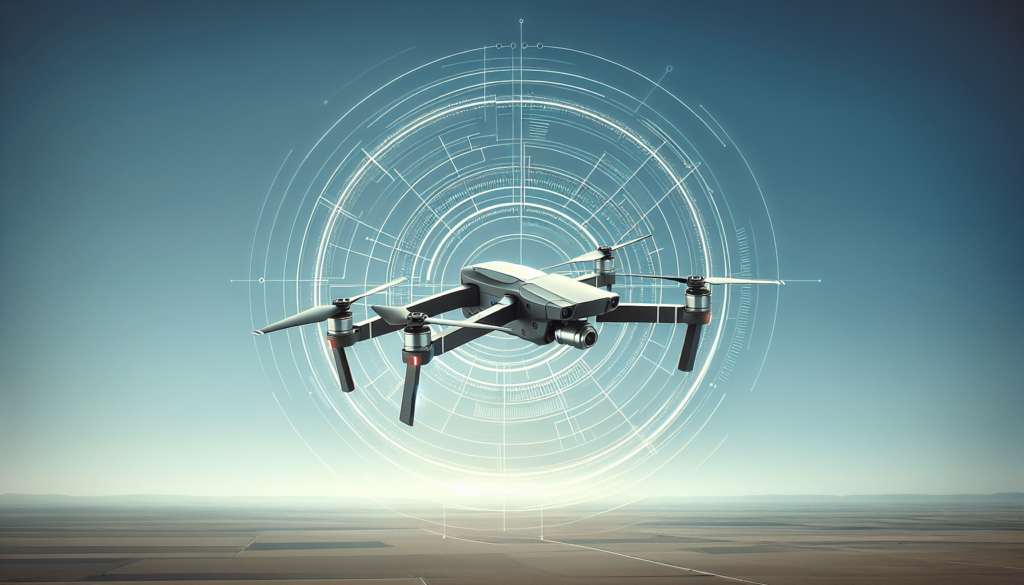
The Transition to Civilian Use
Commercial Drone Development
The bridge from military to civilian use came with the miniaturization and accessibility of technology. As the 21st century unfolded, companies began recognizing the potential for drones beyond the battlefield. This saw the birth of commercial drones, as businesses explored possibilities in logistics, delivery services, and even entertainment. These new applications, previously stymied by size and regulation, began shaping the technology we now see.
Amazon’s announcement of exploring drone deliveries is perhaps one of the most iconic instances of the burgeoning interest in commercial drones. Although faced with regulatory challenges, such innovations promised a shift in logistical paradigms—a glimpse of possibilities yet to unfold fully.
The Rise of Hobbyist and Consumer Drones
The leap from commercial to hobbyist drones was swift. As drone technologies simplified, enthusiasts seized opportunities to engage with these devices for personal and explorative purposes. Coupled with falling costs and improvements in ease-of-use, drones became a staple in the toolkit of photographers, filmmakers, and adventure seekers. Whether capturing aerial landscapes or indulging in recreational flying, drones appealed to wide imaginations.
An alluring dance between consumer demand and technological innovation, this era highlighted the synergy between culture and tech. The drones that were once surveillance instruments were now tools for art and recreation—a transformation both profound and poetic.
Technological Milestones and Innovations
Key Technological Innovations
Several technological advancements have paved the path for modern drone applications:
| Innovation | Impact on Drone Technology |
|---|---|
| GPS Systems | Enabled precise navigation, transforming operational possibilities |
| High-resolution Cameras | Allowed usage in cinematography and reconnaissance |
| Enhanced Battery Technology | Extended flight times, broadening application scope |
| Autonomous Navigation Systems | Enabled drones to operate without constant manual control |
Connectivity improvements, particularly advances in Wi-Fi and cellular technology, have also played a crucial role. Real-time data streaming and control have enabled applications in surveillance, delivery, and even competitive racing.
Regulations and Policy Framework
The rise of drones sparked a need for comprehensive regulatory frameworks to ensure safety and privacy. Governments have since instituted policies to manage airspace usage, addressing concerns about drone operations over populated areas and sensitive sites. Navigating these regulations is crucial for businesses and hobbyists, ensuring the scalable yet safe integration of drones into everyday life.
The dance between innovation and regulation highlights a universal theme in technological advancement: the need to balance progress with precaution. By establishing these boundaries, societies lay the foundation for safe and sustainable integration of new technologies.
Current Applications and Everyday Use
Industry Applications
Drones have rapidly become integral to several industries, offering efficiency and precision inherently human-limited. Notably:
- Agriculture: Drones equipped with multispectral sensors monitor crop health, assess field performance, and optimize resource usage.
- Construction: Site surveys and progress tracking have been revolutionized, offering real-time data with unmatched accuracy.
- Emergency Services: Used in disaster response for search and rescue operations where immediate assessment is critical.
These applications are only possible due to the rapid technological evolution, blurring the line between what was once strictly military and what is now industrially indispensable.
Everyday Consumer Use
Drones are now ubiquitous in everyday scenarios:
- Photography and Cinematography: Elevated vantage points enable creative endeavors, opening new possibilities for storytelling.
- Entertainment and Competitions: FPV (First-Person View) drone racing is burgeoning as a sporting event, offering adrenaline-filled experiences.
- Home Deliveries: Though not yet fully realized, pilot programs suggest a future where drones handle on-demand deliveries.
The interplay between ingenuity and accessibility has made personal drones commonplace, playing on humanity’s innate curiosity and desire for exploration.
The Sociocultural Impact
With tech coming to the forefront of society, drones shape not only industries but cultural experiences. They change how we relate to our environment, how we capture memories, and how we imagine the future. By intertwining with social media and digital content creation, drones wield significant influence over contemporary storytelling methods.
This cultural manifestation reveals how deeply intertwined our technological advances are with the fabric of daily life. By marrying tech with creative processes, we mold not just tools, but cultural milestones reflective of our time.
Future Trends and Predictions
Emerging Technologies and Innovations
The trajectory for drone technology is geared towards AI and autonomy:
- Autonomous Drones: Enhanced AI could see drones fully operate without human intervention, incorporating machine learning for decision-making.
- Swarm Technology: With applications in both logistics and defense, multiple drones working in tandem could revolutionize traffic management and collaborative tasks.
The push for smarter, more autonomous drones may soon see them handling complex tasks with minimal oversight, positioning them at the frontier of technological advancement.
Potential Challenges and Considerations
Yet, these advancements do not come without challenges:
- Privacy Concerns: Growing drone capabilities need balancing with societal privacy expectations, avoiding intrusive surveillance.
- Regulatory Challenges: As technology advances, corresponding regulations must evolve, resolving international standards and interjurisdictional issues.
- Security Risks: As drones become more integrated into critical infrastructure, ensuring their security against misuse remains vital.
Navigating these challenges will be pivotal in maintaining the harmony between technological utility and societal values.
Conclusion
From their military inception to their present-day ubiquity in commercial and recreational use, drones narrate a story of adaptability and innovation. As they continue shaping industries and influencing cultural norms, drones symbolize our quest to balance progress with ethical frameworks. Their evolution is a reflection of our ingenuity, aspiring to reach new heights—metaphorically and literally—within an increasingly interconnected world. Through understanding their past, we gain insight into their profound impact and the potentials they signify moving forward.
